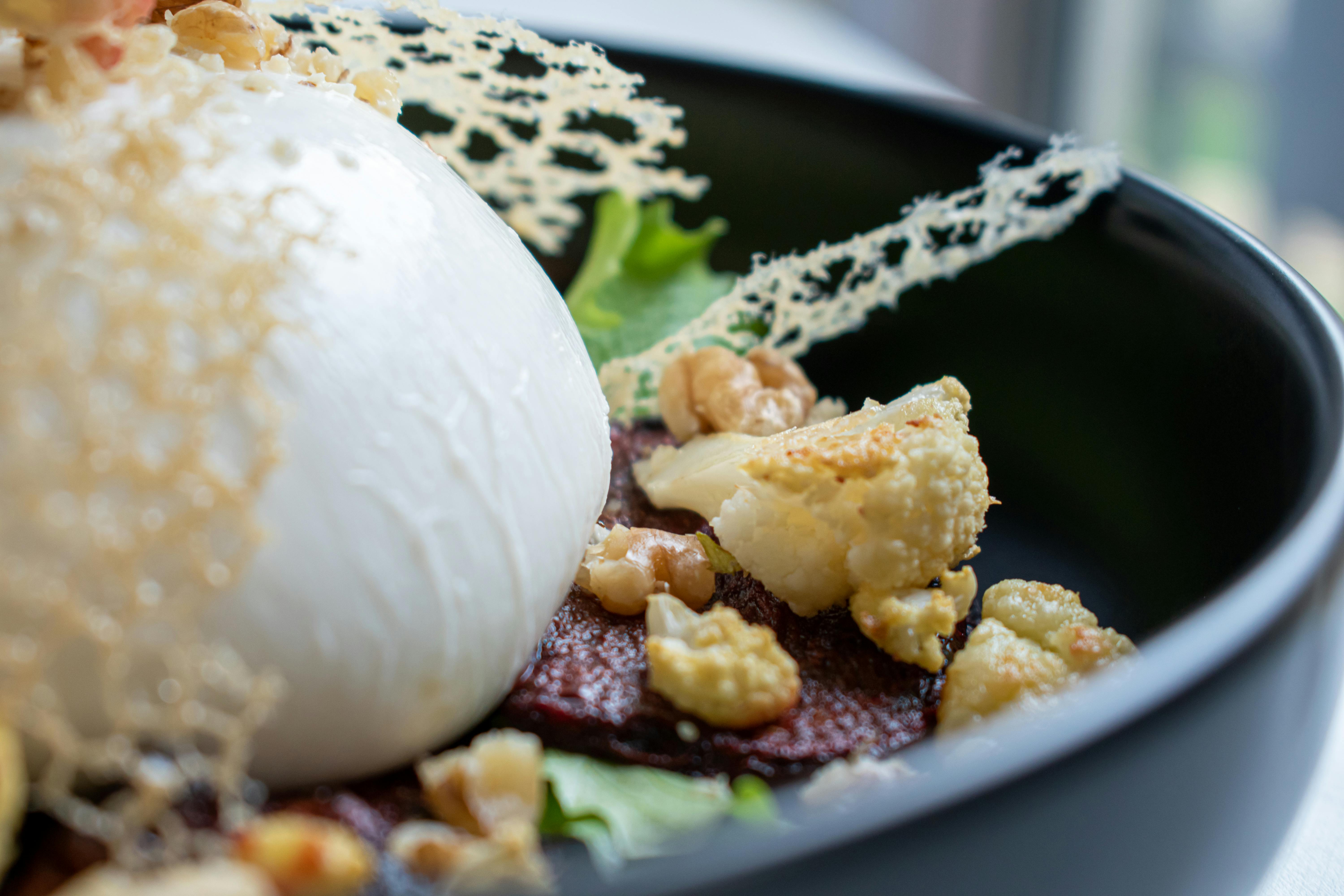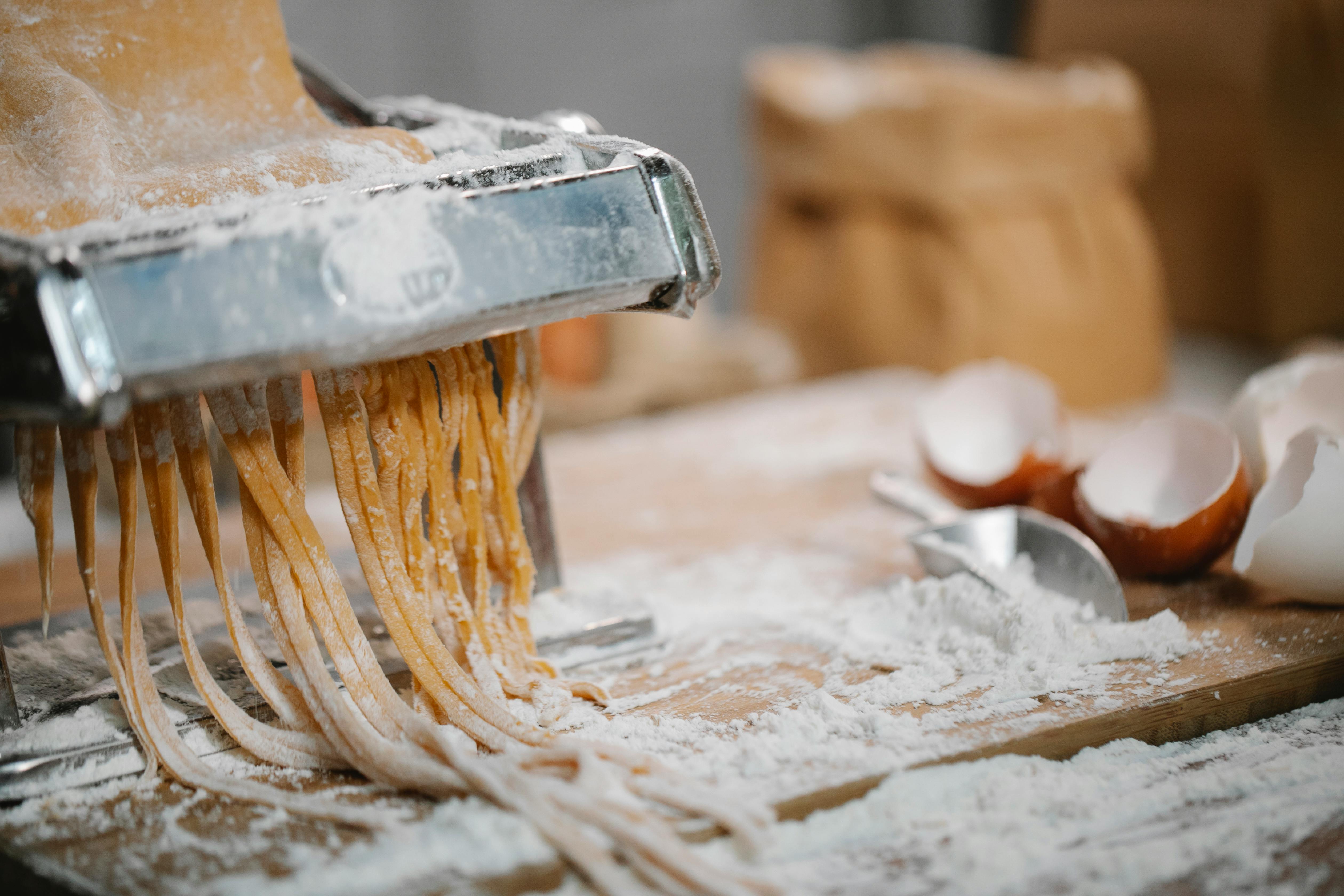Is your kitchen so boring that burning your toast becomes the highlight of your day?
Don’t worry, your kitchen is like many across the country that haven’t seen a lick of paint or an interesting new design element since the turn of the century, or even the war. However, it is not that difficult to rejuvenate the interior of a kitchen and turn it into something attractive and inspiring.
After all, a boring kitchen will inspire a boring kitchen and this leads to poor diets and avoidance of healthy foods. It is a pity that cooking should be started with the same passion with which a love affair begins. A good diet is vital for your health and that of your children.
The following tips introduce you to a variety of ways you can change the heart and soul of your kitchen from a boring, unkempt, snore-inducing interior to a lively, exciting, and exhilarating kitchen arena. All of this accomplished on a relatively small budget and without large, expensive remodels.
Spatulas ready! let’s proceed.
add mirrors
The addition of mirrors in the kitchen can make what was once a small and dark interior look decidedly lighter, brighter and more spacious. The reflection of one’s movements in the space also brings a dynamic element to the scene, thus enlivening what was once a stagnant, still room.
Mirrors can be added to cabinet doors or alternatively to free wall space. Some mirrors come with decorative borders that will appeal to different tastes and can fit in with an overall kitchen design theme.
new wall tiles
Adding new tile backsplashes is a great way to spruce up a kitchen. Plain white is a nice neutral shade that goes with most decor, but it’s boring! It’s even worse if the rest of the decor is so mundane that it looks like an autopsy lab.
Tiles come in literally thousands of different styles, patterns, shapes, sizes, and materials. With this wide range on offer, it won’t be hard to find a few tiles that will add some interest to the backsplash behind the range, microwave or sink.
Do you like spirals and circular shapes? You will find some mosaics that match this style. What about dolphins, bears or cats? You will find those too. There are also more traditional patterns to be found, as well as materials you may not have thought of before.
convert cabinets
Kitchen furniture is one of the most notorious elements in a kitchen due to its abundance and important functional qualities. To add some interest to these doors, there are a number of potential decorative adjustments that can impact the rest of the room.
Painting cabinet doors and interiors different colors can turn cabinets into more contemporary and interesting features that can blend with other nearby décor items. The addition of mirrors, as noted above, can bring a thoughtful refreshment to the scene. Adding glass doors instead of the standard wooden versions can allow the items stored inside to take center stage (although it’s important that the jars, canisters, and storage boxes are attractive in and of themselves). You can even remove the cabinet doors entirely and have open shelving.
For artistic homeowners who like to get out their brushes, the stencil is a creative and very personal way to decorate your cabinet space with pretty and unique images and patterns.
Add table lamps
Let there be light! You don’t want to mistake those fresh tomatoes for chiles, especially when your older mother-in-law is visiting.
In all likelihood, your kitchen will have enough lighting to see what you’re doing in the major food preparation areas. That being said, the kitchen as a whole can often benefit from more accent and locator lighting, which will also increase the overall lightness of the interior. Table lamps placed here and there on surfaces in the space can add interest and visual stimulation during the cooking process and make the room more inviting.
With a bowl of fruit or nuts nearby and perhaps some stainless steel utensils hanging on a wall behind the lamp, the resulting light will enhance the colours, textures and reflective qualities. The kitchen will look like a new room.
Add fun gadgets
Appliances don’t have to be electric or expensive to make an exciting impact in a kitchen interior. Some of the best designs are very simple but striking for their originality. One of the most recognizable companies that make exciting cookware is the Italian designer factory called Alessi. Among its fun kitchen accessories are original kitchen timers, cheese graters, orange peelers, tea sticks, citrus juicers and vegetable choppers, among others.
Some of these items placed around the kitchen will encourage friends and family to try a little cooking and make the interior as a whole more interesting, modern and attractive.
add baskets
Is your current kitchen all straight lines and little else? Does a wooden board have more curved edges than your cooking space? If so, consider adding wicker baskets as storage items for dry goods, towels, utensils, and other pieces found in the kitchen. Baskets bring a touch of the natural world to an industrial looking kitchen and can transform the atmosphere as a result.
Baskets are also great alternatives to shelving and can be neatly stacked on top of each other in a corner or on a kitchen counter. Some of the most popular materials that baskets come in are rattan, straw, reed, water reeds, raffia, oak, and bamboo. You can even find some that are painted in different colors that are perfect for overly white or metallic kitchen decorating schemes.
grow herbs
You don’t need a garden to grow your own herbs. Likewise, you don’t have to be particularly inexperienced to successfully grow some delicious herbs for future family meals. There are a large number of herbs that do perfectly well indoors. Growing herbs is also a wonderful way to bring more of the natural world into your home, and adding greenery to your kitchen can inspire and spark creative ideas you never knew were possible.
Different herbs follow different types of settings. For window sills and kitchen counters that draw a lot of sunlight, herbs like chives, oregano, lemon thyme, and rosemary will work perfectly. For darker, out-of-the-way areas of a kitchen, such as on top of a cabinet or next to a bread bin, then herbs like wild arugula, chervil, French parsley, and red mustard will be more applicable.
be creative
Turning a boring kitchen into a lively, inspiring and welcoming interior will not be a difficult task with a modicum of creativity. Take time to flip through interior design magazines and websites, as well as watch decorating shows on TV. Be aware of the world around you every time you step foot out the door. In just ten minutes of careful observation while taking a walk through the countryside or an urban landscape, you will come across dozens of images and elements that will flip a creative switch in your brain.
Do not be boring! Be aware of everything around you and in no time at all, you’ll have a kitchen to be proud of.








